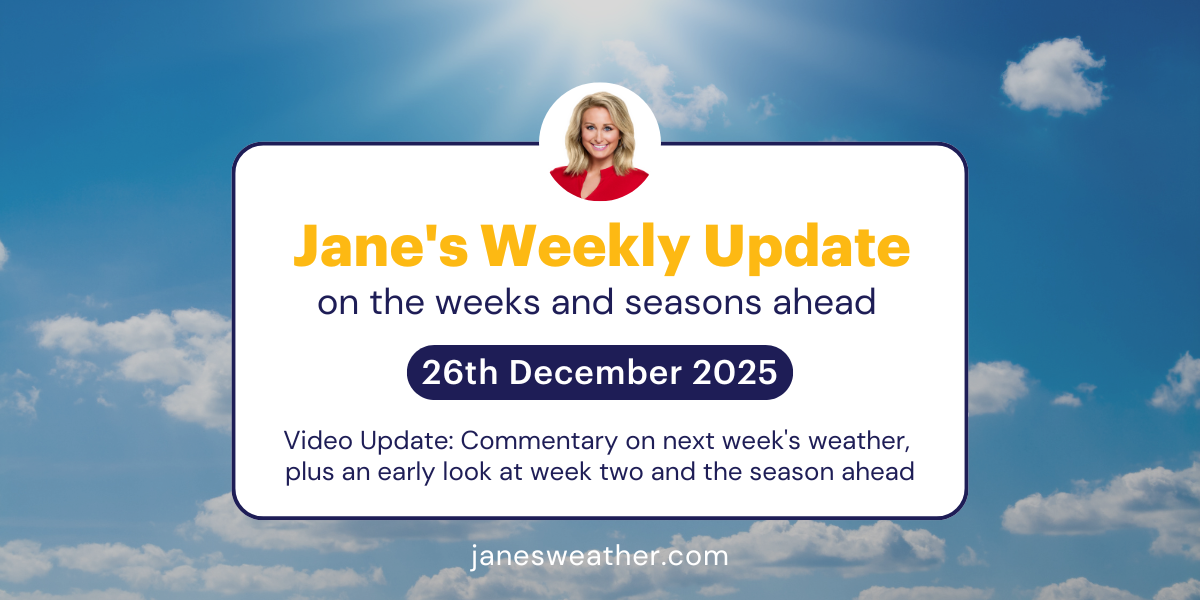OVER THE NEXT WEEK
As the East Coast Low moves away, a new system has crossed the west and heads for the southeast this Saturday to Monday.
This is also a low, but it has very different characteristics to the last, powerful one. The last one had pressure just above 980hPa, this one remains above 1000hPa.
The last one had heavy rain and flooding, powerful winds and coastal impacts, this one just brings a light bit of rain.
The next system is more interesting.
Crossing the southwest on Sunday into Monday, arriving in the southeast on Tuesday. Followed by a stronger cold front in the southeast, with a burst of cold air on Wednesday/Thursday next week.
This pattern ensures that both the southwest and the southeast have rainfall ranges of 25 to 50 mm (all the yellow's on this map). That's for the southwest up to Perth; coastal and adjacent parts of SA; the southwest and ranges of Victoria; and the north and west of Tasmania. The falls then decrease as you head inland/east/the other side of the ranges - so that the hardest hit by the last system... Gippsland and eastern NSW... miss out on this one.

LONGER TERM
As we head into next weekend there may be a big system brewing in the west. This could be the beginning of what we are seeing as the overall pattern for 'week 2' (beginning Monday 14th July). We like when multiple models are singing the same tune... and here we have both the Euro and the Australian showing above average rain across much of the south in this period.

In order to make it rain we need moisture and instability to work together.
Tropical air holds a lot more moisture than colder air over the Southern Ocean, and when the oceans are warmer than usual there is even more moisture to play with.
The Pacific Ocean is having a neutral year, not helping us one way or the other - but we have a large pool of warmer than average water off Queensland, so we have our own local source.
The Indian Ocean is undergoing change, with deep blues and purples developing in the box in the west. The atmosphere doesn't like imbalances, and these changes in the ocean will be felt by the atmosphere actively pushing moisture from the Indian Ocean towards Australia.
This is known as a Negative Indian Ocean Dipole (IOD) - the La Nina of the Indian Ocean - and while the forecasts for its strength have reduced, it's still great to see the ocean actively moving in this direction.

For a full update on all these graphs and charts, don't miss this week's video update:
In this series I'll take you through the drivers of our weather, highlighting any changes over time and things to watch out for (generally every Friday). It covers weather elements like temperature and rainfall, and how they are driven by moisture from the Pacific and Indian Oceans, as well as bursts of energy from low pressure (SAM and MJO).
See and hear my commentary as I take you through the weather pattern's effects on our rain and temperatures in detail over the next week, with a brief look at week 2 and beyond as well.
Plus what is driving our weather in the weeks and months ahead, with the latest on El Nino/La Nina, the Indian Ocean Dipole (IOD), the Southern Annular Mode (SAM controls our weather systems), and the Madden Julian Oscillation (MJO connects tropical moisture to our weather systems).
I update this commentary each week, generally on Friday's. Make sure you are signed up (free or a subscription) so you don't miss an update.
Stay up to date with the forecast specifically for your area in our hour by hour outlook for the next 10 days. Download our app for iPhone and Android.
As always, you can see each of these graphics as soon as they update, as well as more information about them under our Rain Outlook and Seasonal Outlook pages within Jane's Update, along with our Snow Forecast in the snow season.

For further insights specifically for agriculture, to improve the utilisation of your resources, tailored to any Australian location, please upgrade your membership. You can take advantage of our free 30 day trial.
Upgrade to see full insights to help plan the best use for your resources:
- frost risk
- spraying conditions
- evapotranspiration to efficiently manage available water for crops
- growing degree days to monitor growth
- full ten day hour by hour outlooks, all variables, and all model data
- customised alert notifications
.png)

.png)
.png)